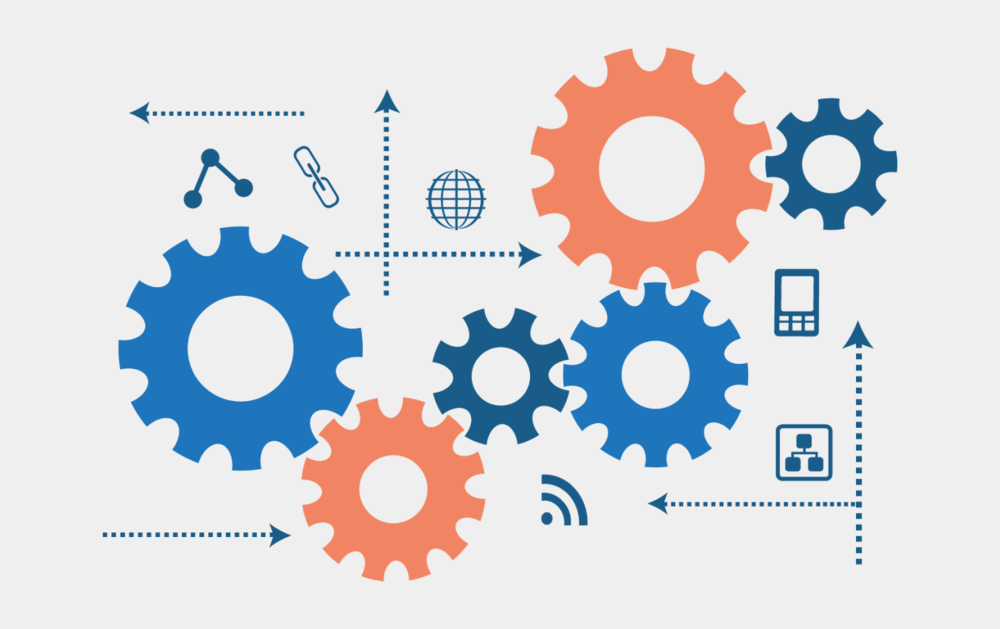Build ... Microservices
We build Enterprise Class Software using Microservices.


What is a Microservice?
Microservice is a Software architectural style that structures a software or a business solution as a collection of services, which interact with each other to deliver a complete business functionality. The whole business is split into smaller services (micro-services) both in functionality and data – each of which deliver an atomic functionality – enabling rapid, frequent and reliable delivery of large, complex applications.
In simple words, a software built as a “collection” of smaller deployable units rather than just as one big unit. Each of these units now interact with each other to provide the bigger business functionality or integrate with other softwares.
There are entry gates into each of these MicroServices called as APIs, which can be used to invoke functionality within these services.
Difference between MicroService and API?
Application programming interfaces aka. APIs — are gateways into each of the MicroServices, allowing them to communicate, grant access, and transfer data to one another.
Its a layer – on top of the underlying codebase, which acts as an entry point for functionality into the code. This layer of APIs allow for exposing a business functionality as a collection of smaller functions.
In simple words, APIs are a layer within Microservices (the outermost one), other layers being the functionality of the MicroService, which the API exposes.
Think of your business application as a collection of MicroServices interacting with each other and with other systems using their individual APIs.

Why would anyone bother creating MicroServices?
If you are running a business or responsible for one, and the software in context is key for your business, then you would.
The key reason being the benefit of the ability to change one small part of the software (if MicroService) without having to wait to deploy the whole software as single unit (if Monolithic ), which might have weeks or months of a typical release cycle.
For e.g. if you want to change just an image on the front end or a small text, or may be add a new message to new customers etc, these are minor changes – and very easily done by developers, but cannot be deployed if the UI (as a Microservice) is not separated out of the backend code – which might have many other changes in progress.


Can all Software be hosted as Microservices?
If it is a Business Software, then there is no reason why it cannot be hosted as MicroServices.
It is important to understand that MicroServices are a Deployment Architecture, i.e. on how the software is deployed on servers, and has very little bearing on the functionality itself.
This pattern can be used on Any programming language, as long as the language supports APIs, is able to handle multi threading (which covers a large spectrum of programming languages).

Can an existing running software be converted to MicroService?
The short answer is – Yes.
The long answer is – Yes, subject to evaluation of what is involved, identify how much of rewrite is involved, the cost and the benefit for your business.
In most cases, this involves, looking at the business functionality, then code (at least at high level) and attempting to think of it as an ecosystem of splits. (aka Microservices)
If your app is already SOA compliant, then it will usually be much easier, if not, the migration can be used as a vehicle to achieve this design as well.
Multiple options, and will need to be evaulated on a case by case basis.
Most businesses do this to ensure they can deliver change much faster to remain competitive, as newer competitions emerge – who are more digital and have broader spectrum. Other reasons could be to integrate better with newer acquired systems (or) clients who have newer systems.
Would you want to have a quick chat?
If you are thinking of either increasing agility to your existing (running) business software – or – want to build a new one, then feel free to have a chat with us.
We are happy to provide a no obligation quote with a brief understanding of your requirements.
We are UK based and have a niche team specializing in building and deploying Microservices on Cloud.


Integrations - Hybrid and Multi-Cloud
Microservices Deployed on Cloud poses a different challenge in working closely with other Systems, most commonly around Access Security & Integration.
Most Cloud hosted applications have the inherent design need to expose APIs in order to exchange data with other on-premise or other Cloud hosted systems, which form the most apt layer for integration

Application Migration into Cloud
Legacy Applications can be migrated into Cloud through multiple strategies, and finding the right strategy is crucial for the success of migration.
Choice of the right strategy – from As-Is Migration to refactoring the entire application – is very important to ensure a successful transition. This strategy is guided by business requirement, speed of delivery and most importantly cost.
Specialist to Build and Migrate into MicroServices
Leverage our expertise to get faster development churn, time to market and more importantly achieve agility. Reach out to us to find the art of the possible.